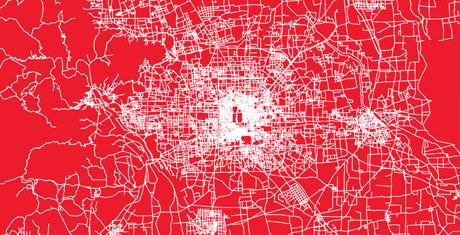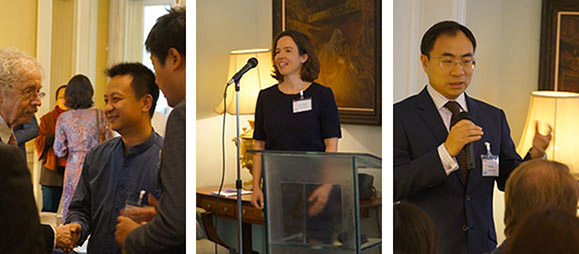

Establishing a permanent base in China
Space Syntax is pleased to announce that on 5th November 2013, we marked the opening of our new office in Beijing with a reception held at the British Ambassador’s Residence. First Secretary Matt Downing gave the official welcome. A seminar with expert presentations on Space Syntax’s capabilities in architectural and urban planning followed.


Space Syntax’s involvement in China’s urbanisation goes back over 20 years to our first project with the Richard Rogers Partnership in 1992: the masterplan for Pudong in Shanghai. Since 2005, when we took the strategic decision to increase our focus on China, the number of projects has grown, as has our engagement with local academics, professional practitioners and institutions.
Significant projects to date include:
The growth in China’s global significance as a producer and consumer of resources has brought with it rapid urbanisation and issues all too familiar to us. Indeed, we examined some of the key themes at a recent seminar in our offices with the Beijing Institute of Agriculture and Forestry, where we presented the Space Syntax Beijing Region Model.
Various tensions emerge in rapidly developing economies through the movement of people from the rural to the urban environment. These include for example the impact on agricultural production that follows the transfer of the rural population to urban settlements and the construction of housing in the rural landscape too far away for those working in the urban environment thereby depleting productive rural land. Our evidence-based modeling shows that to be truly sustainable, urban and rural systems need to be considered as one; planned and designed as one; and managed as one because they are lived as one. This is the UrbanRural Continuum.
Recently, the Board of Directors of the company concluded that, in order to accelerate its capabilities in China, Space Syntax should create a local Project Office in Beijing. The creation of this office, launched on 5th November, provides Space Syntax with a Centre of Production in China, staffed by local, Chinese people, thus bringing Space Syntax closer – spatially and culturally – to China’s particular urban challenges.
For further information, please contact:
LIU Ning
Chief Representative in China
Space Syntax Limited
+86 139 0109 7462
liu.ning@spacesyntax.com
Prof Tim Stonor
Managing Director
Space Syntax Limited
+44 20 7400 1320
t.stonor@spacesyntax.com